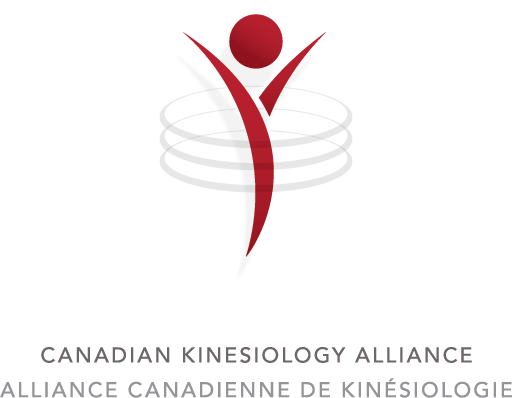
By Manraj Sandhu, Kinesiologist
Prolonged sitting is increasingly being recognized as a health hazard. Given that many jobs involve long periods of uninterrupted sitting, such as those occupations completed at a desk or while driving, it has become increasingly important to understand the impact of sitting and how to mitigate the negative aspects of it. Firstly,...
Read more
By Manraj Sandhu, Kinesiologist
Prolonged sitting is increasingly being recognized as a health hazard. Given that many jobs involve long periods of uninterrupted sitting, such as those occupations completed at a desk or while driving, it has become increasingly important to understand the impact of sitting and how to mitigate the negative aspects of it. Firstly, we might begin with an understanding of why many jobs, such as office work, require sitting. Many people don’t stand at desks for the duration of their shifts because sitting is less tiring (i.e., has a lower energy cost) than standing. Sitting requires less muscle activation than standing, which is why we would find it easier to sit rather than stand for a given time period. Prolonged sitting has several impacts on the upper and lower body which we will explore in greater detail below.
Prolonged Sitting: Impacts on the upper body musculature
Prolonged sitting imposes physical stress on the upper body that results in the development of rounded, forward-oriented shoulders, forward head posture and a rounded upper (i.e., thoracic) spine. During tasks such as using a keyboard or holding a steering wheel the chest muscles are placed in a shortened position and eventually adapt to remain in this position after the task is complete. This shortening of the chest muscles results in corresponding elongation of antagonist muscle groups located in the upper back. These changes will also contribute to the development of a rounded upper back, which resembles a hunchbacked posture. The solution here would be to stretch the chest muscles, strengthen the upper back muscles and include extension and rotation mobility exercises for the upper mid back.
Prolonged sitting: Impacts on lower body and core musculature
The muscles that are located at the front of the hip are placed in a shortened position during sitting tasks and they adapt to this by remaining in this shortened position after the sitting task is over. The shortening of these hip muscles creates a corresponding elongation of the posterior hip muscles (i.e., gluteus maximus). Additionally, the muscle group of the posterior core that run along the spine (i.e., the muscles responsible for keeping you standing upright) also become tightened because they have to be activated to a greater degree to compensate for the gluteal muscle weakness. Also, the muscles located at the front of the core (i.e., rectus abdominus) become disengaged because sitting requires less activation of the six-pack ab muscle group. To address these muscle imbalances, it would be helpful to stretch the muscles at the front of the hip and those of the posterior core muscle group. Additionally, it would be helpful to strengthen the gluteal muscle group and the six pack ab muscles.
Our body is made to move regularly. Prolonged sitting can result in reductions in mobility and increasing the risk of injury due to faulty movement patterns. Stand up frequently and change sitting position often. Find a kinesiologist to assist you with targeted exercises and stretches.

.png) FIND A KIN
FIND A KIN
